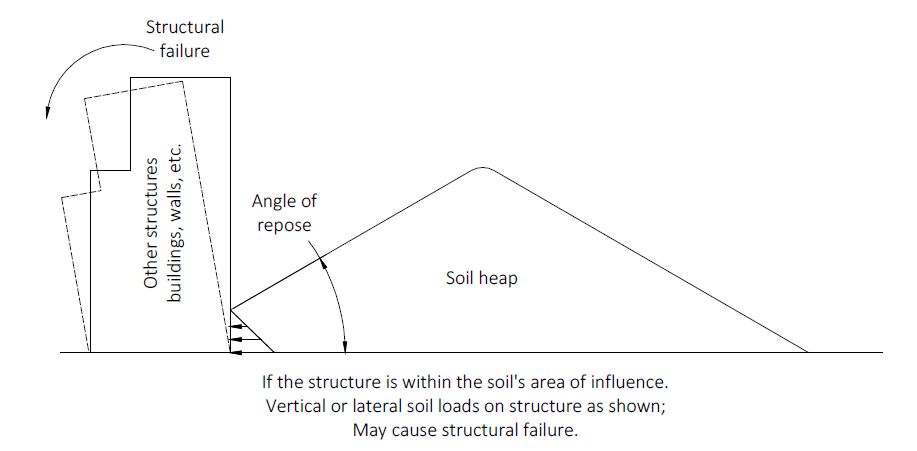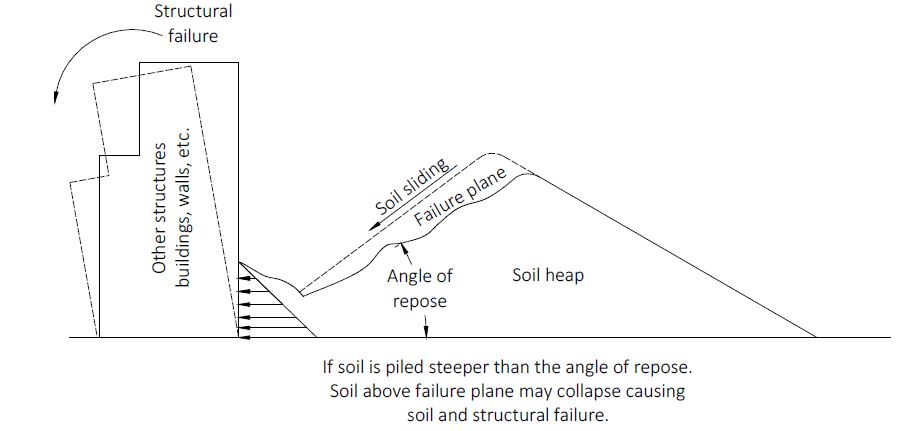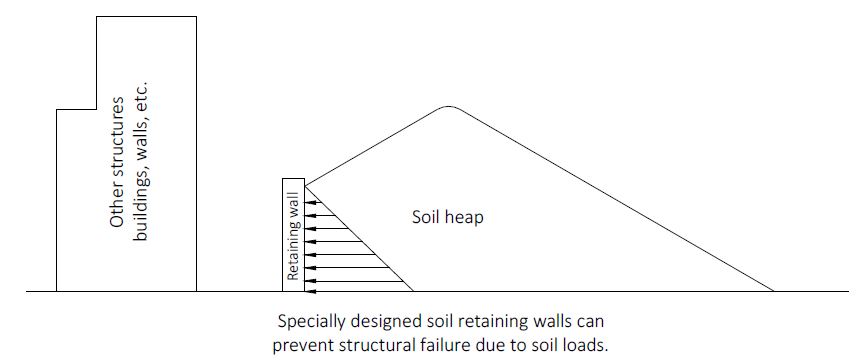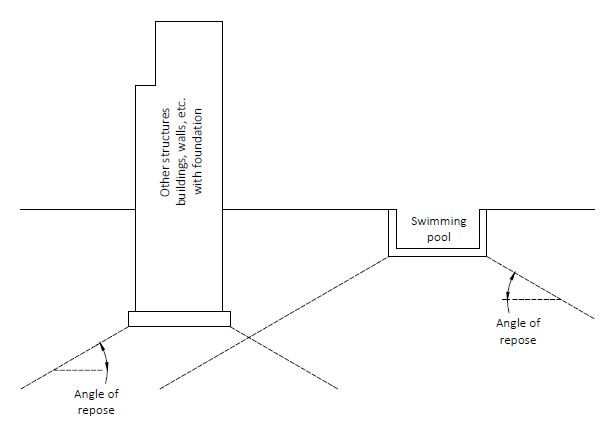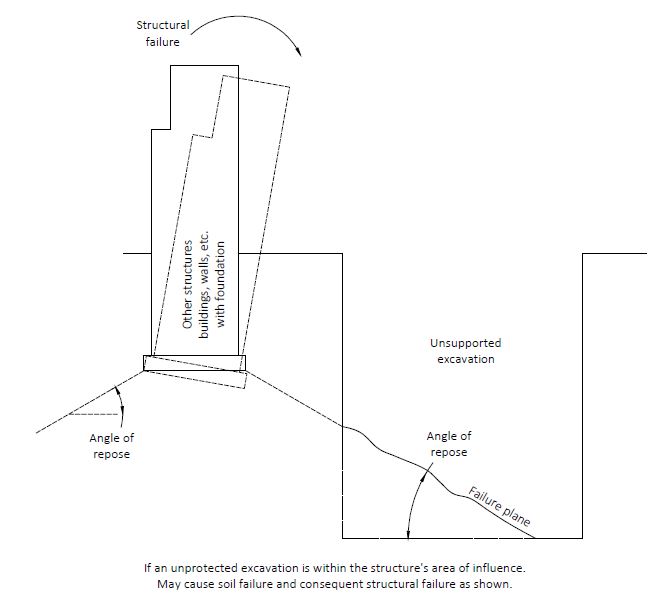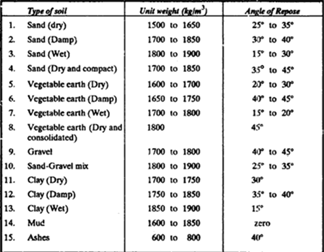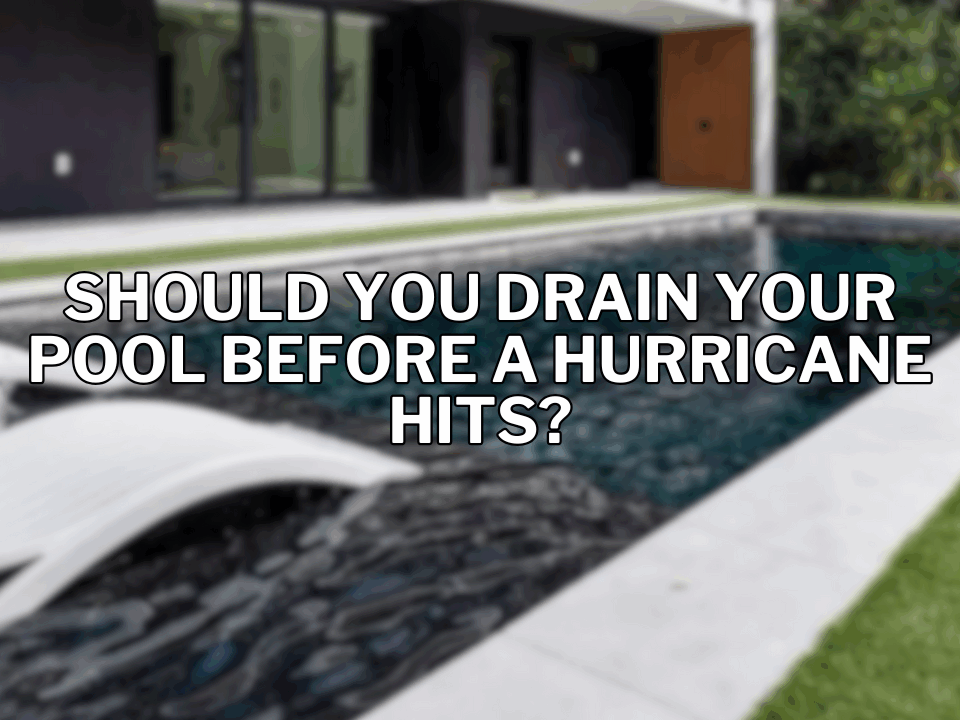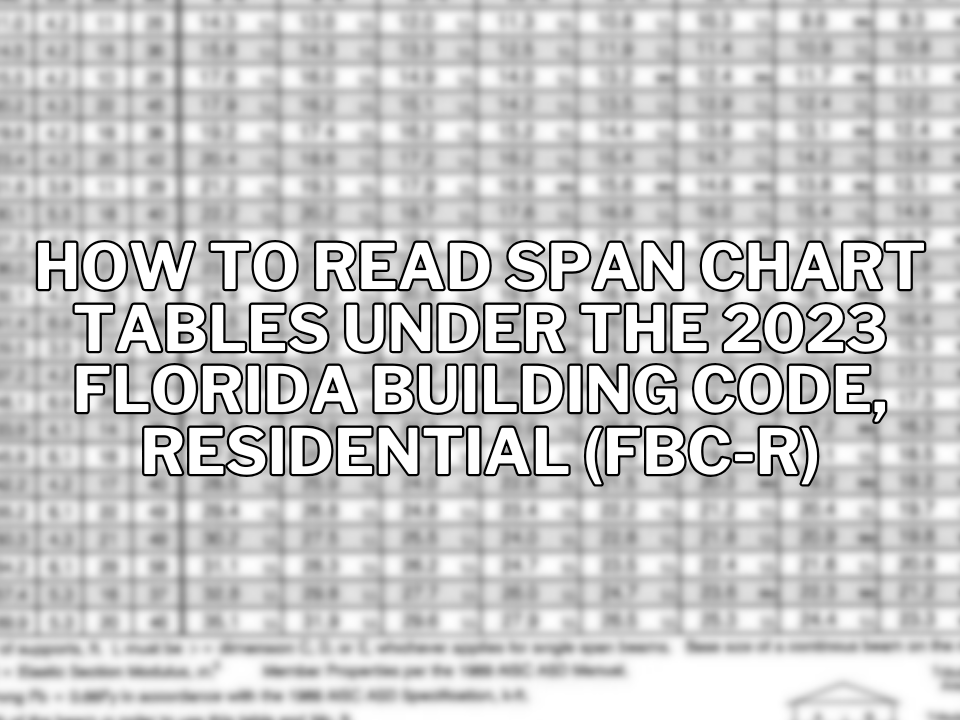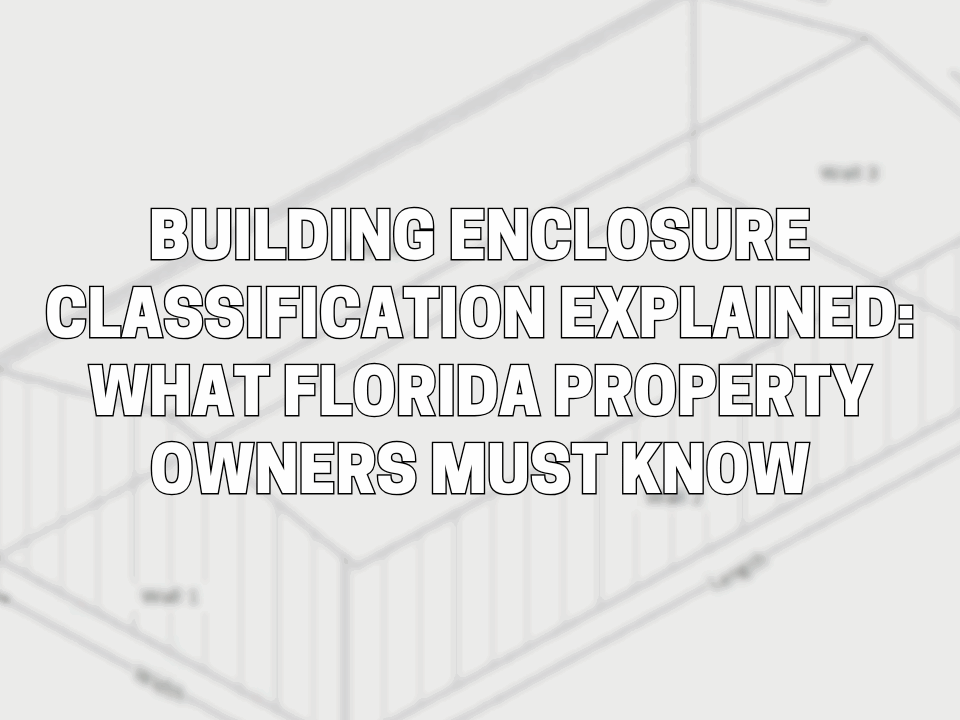What is angle of repose?
Simply put, this is the angle at which a soil can be piled without slumping.
How does angle of repose pertain to pool construction?
Different soils have different values of angles of repose. During pool construction, if a soil is to be piled at an angle that is more than its angle of repose, soil or structural failure may occur.

For excavations or underground construction, angle of repose is also the approximate angle at which load distributed. So, if foundations of two adjacent structures is too close, they might infringe on each other’s angle of repose, thus creating lateral soil loads that might cause adverse effects.
Additionally, if an unsupported excavation is too close to an existing structure’s foundation, it might serve to reduce the lateral support for that foundation, thus causing a collapse or failure.
According to the 2020 Florida Building Code (7th Edition), Sec 1804.1,
Excavation for any purpose shall not reduce vertical or lateral support for any foundation or adjacent foundation without first underpinning or protecting the foundation against detrimental lateral or vertical movement, or both.
How close can my swimming pool be to my house?
The angles of repose for various types of soil are as tabulated below. In general, the swimming pools should be located such that they do not infringe on the angle of repose of the foundation on existing compacted soil. Conversely, the foundation on existing compacted soil should not infringe on the swimming pool’s angle of repose
When the swimming pool is lower than the foundation on existing compacted soil, soil loads may be imposed on the pool shell (depending on the horizontal distance between them). An easy-to-follow rule of thumb is to place the swimming pool such that the horizontal distance between the pool and the foundation on existing compacted soil is greater than or equal to the difference in their elevations. For dry and compact soil typically found in Florida, this would ensure that the lateral loads on the pool shell are minimal and within the pool shell’s flexural capacity as determined by additional calculations.
When the foundation on existing compacted soil is lower than the swimming pool, soil loads may be imposed on the existing foundation (depending on the horizontal distance between them). Structurally speaking, this is a highly unfavorable situation. Site specific calculations are required to determine the adequacy of the existing foundation for these additional loads and to recommend engineering measures to protect, retrofit or strengthen the existing foundation for these additional loads.
At Florida Engineering LLC, our pool engineering division specializes in all structural and hydraulic calculations required to ensure the safety and code‐compliance of your construction. Please contact orders@fleng.com for a quote.
REFERENCES
- https://en.wikipedia.org/wiki/Angle_of_repose
- 2020 Florida Building Code, 7th edition.
- http://www.abuildersengineer.com/2012/11/depth‐of‐footings‐foundations.html







